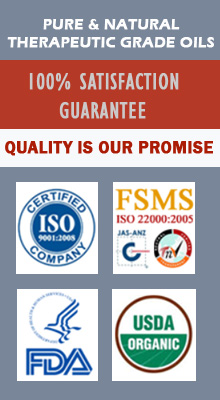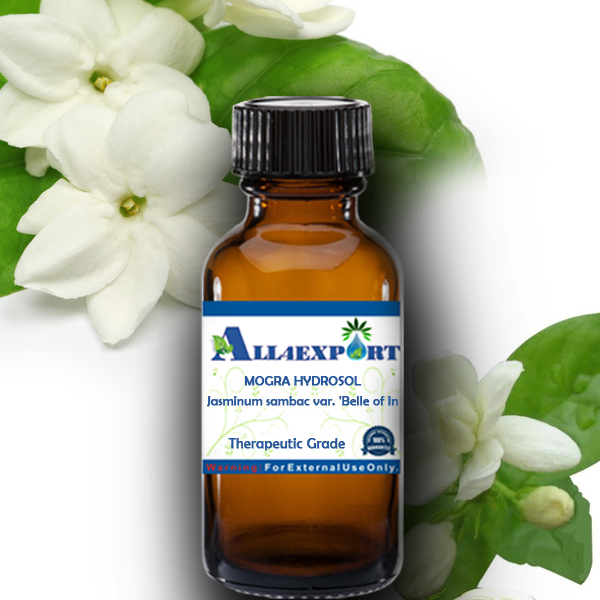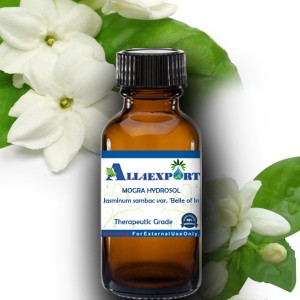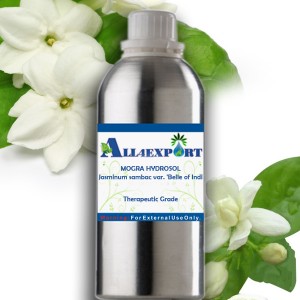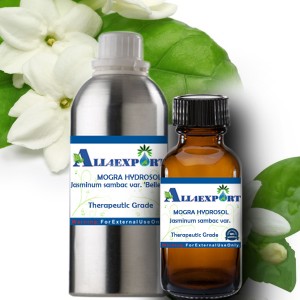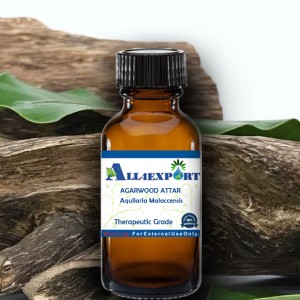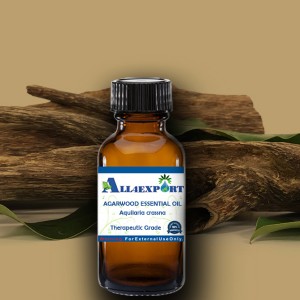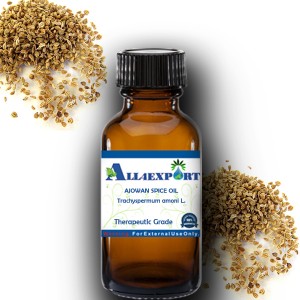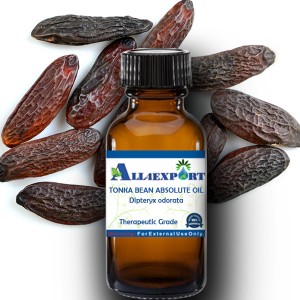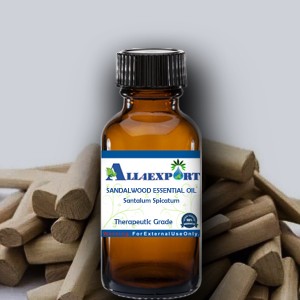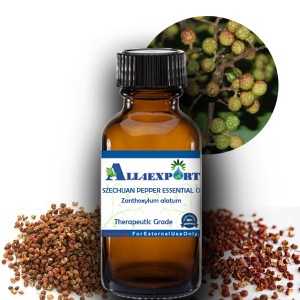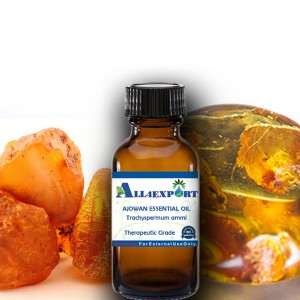| MOGRA HYDROSOL |
Botanical Name | : | Jasminum sambac var. 'Belle of India' | Country of Origin | : | India | Solubility | : | Soluble in alcohol | Specific Gravity | : | 0.935 – 0.960 @ 20°C | Optical Rotation | : | 21°C: -7°48 | Refrective Index | : | 1.474 – 1.475 @ 20°C | Plant Part | : | Flower | Blend With | : | Sandalwood, jasmine | CAS No | : | N/A | Flash Point | : | 250 °C | Extraction Method | : | Hydro Distillation |
|
Description : Mogra is derived from a vine having fragrant little white flowers & shiny dark green leaves through the solvent extraction method. These Mogra flowers bloom in summer and produce a fruit like small black berries. It brings a number of health benefits along with beauty care and skin care.
|
Constituents : Benzle acetate, Methyl benzoate, methyl sali-cytate, Benzyle benzoatesalicylic acid, Jasminine |
Uses : Mogra hydrosol finds wide application in perfumery. It can also be used to fragrance exotic skin care formulations.
|
Benefit : Mogra hydrosol is an excellent toner, cleaning out enlarged pores clogged with acne-causing bacteria, oil, pollutants, and sweat; and tightening them. It efficiently replenishes lost moisture reserves, and restores lost radiance to the skin, smoothening any dehydration-induced early fine lines and wrinkles. |
Caution Note: Do not take hydrosols internally without consultation from a qualified aromatherapy practitioner.conduct a skin patch test when trying a hydrosol for the first time. If you are pregnant, epileptic, have liver damage, have cancer, or have any other medical problem, discuss with a qualified aromatherapy practitioner.
All of the information and opinions that are provided on this web site are for informational and educational purposes only. This information is not intended to replace medical advice given by a medical practitioner. Anyone considering alternative therapies should consult with their medical professional before using an alternative method of healing. We do not give nor is any opinion on our web site medical advice.
|






